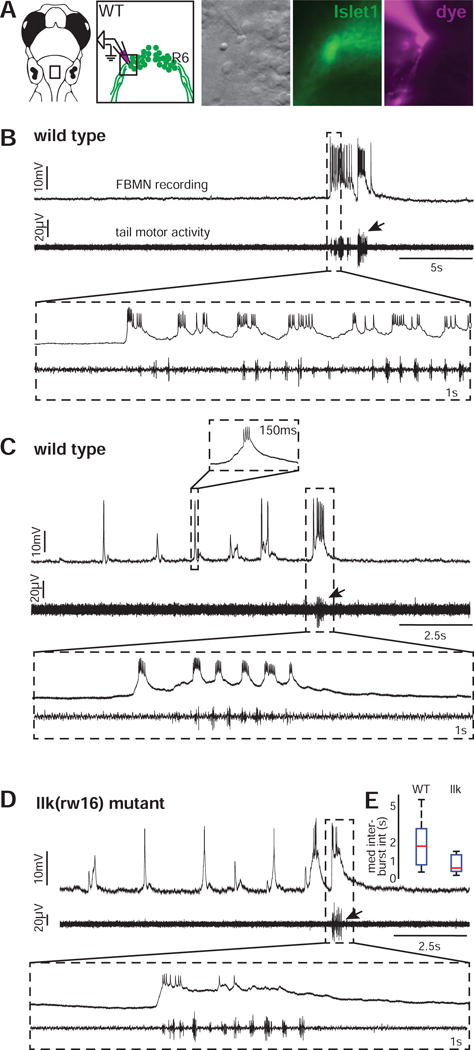Figure 5. Whole cell recordings show that rhythmic and swim-related activity exhibited by wild type FBMNs is also present in migration mutant FBMNs.

(A) Whole cell patch clamp recordings were made from the ventrolateral arm of the facial motor nucleus. (B) These recordings reveal a subset of wild type FBMNs (n=8/23 cells) that burst infrequently, correlated with tail motor activity. (C) Other wild type FBMNs also exhibit rhythmic bursting, typically in the absence of tail motor activity (n=15/23 cells). (D) Migration mutant llk(rw16) FBMNs can also respond during attempted tail movements (infrequent bursts only: n=2/8 cells) and in rhythmic bursts without large tail motor activity (n=6/8 cells). All recordings were done at 5dpf. Arrows indicate bursts of attempted tail movement activity. (E) Box-whisker plot showing the distribution of median rhythmic inter-burst intervals in wild type (n=15 cells) and llk(w16) mutant (n=6 cells) larvae.
